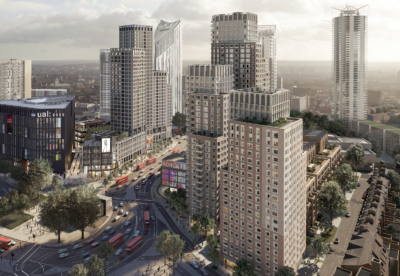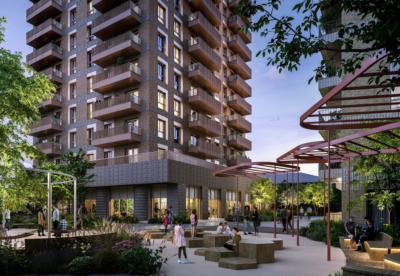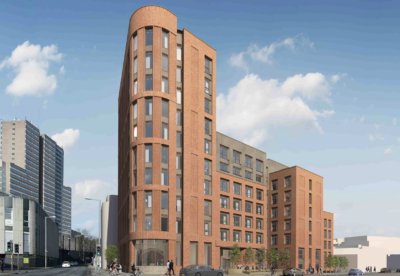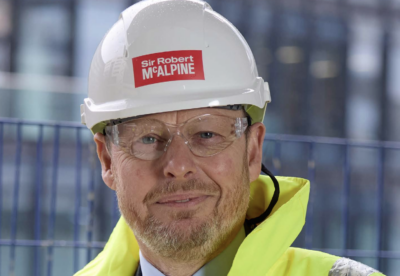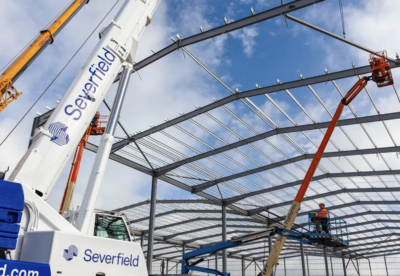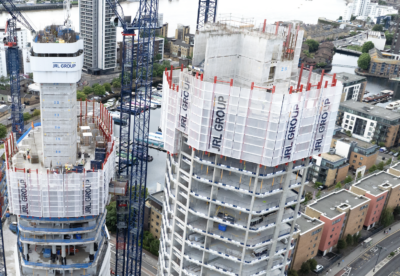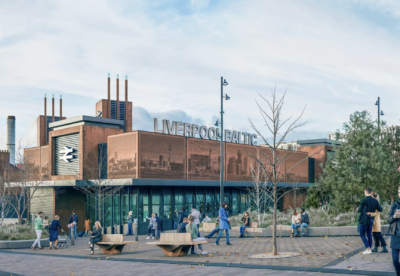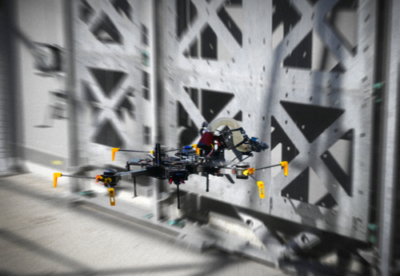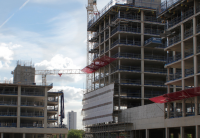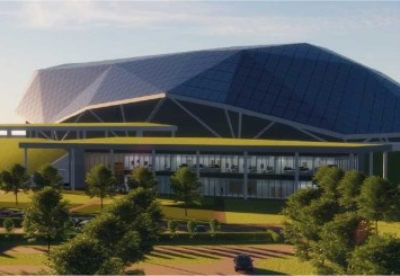The firm said that supply chain capacity is likely to be biggest risk to industry post-coronavirus.
Looking ahead, strong relationships with suppliers will be integral to re-establishing work programmes and clearing backlogs as efficiently as possible, while also preparing for post-coronavirus opportunities.
Its optimistic view assumes markets will be periodically disrupted throughout this year, despite the economy becoming more adept at managing the scale and severity of lockdowns.
Its pessimistic case assumes that disruption will extend well into 2021 with significant collateral damage to global and domestic economies.
Post COVID-19 growth scenarios
Optimistic case
- COVID-19 outbreaks recur during 2020.
- Progress on sites is disrupted periodically during 2020.
- Governments develop testing and social distancing infrastructure to reduce need for lockdown.
- Industry capacity mostly retained through successful government support programmes.
- Contracts apply a flexible risk-sharing approach to COVID-19 disruption.
- Social distancing reduces the productivity of many sectors, including construction.
- The price of construction work is determined in competition.
- Investment-led public-sector recovery programme procured during 2020 in anticipation of 2021 start.
Pessimistic case
- Outlook for COVID-19 control does not improve as quickly as hoped.
- Strategies to reduce the need for lockdown are less effective than hoped and disruption re-occurs.
- Productivity falls further due to multiple sources of disruption.
- Contracts are not adapted to respond to COVID-19 disruption.
- Industry capacity is lost as a result of widespread industry consolidation.
- The price of work is undertaken on an open-book basis due to the extent of ‘unpriceable unknowns’.
- Government cancels programmes.
In the most optimistic scenario, Arcadis is forecasting zero tender price inflation this year as both inflationary and deflation pressures cancel themselves out.
Simon Rawlinson, head of strategic research at Arcadis, said: “Plotting the potential course of this crisis is not easy
“Our forecast is based on a realistic but positive scenario, but there are of course many potential outcomes.”
Tender price inflation forecast |
|||
|---|---|---|---|
He said that workload looked likely to increase in infrastructure related to programmes like HS2, but residential and commercial spend could take longer to recover.
Similarly, a loss of access to migrant workers in some markets could offset the capacity gains resulting from a slowdown in others.
“In our view, the most important counters to deflation in the immediate future will be the impact of social distancing on productivity, and problems of sourcing labour and materials as the market restarts.
“However, there are some additional non-inflationary factors, such as recently outlined Building Safety proposals and upgraded Part B and L proposals, which can be expected to increase the costs of some buildings.”
Arcadis’ outlook assumes that the economy will keep going into 2021, the construction pipeline will be sustained, and the supply chain will hold its nerve.
Rawlinson added: “If the market does fall away, there will be very few clients who are able to benefit from any downturn, so it is vital that – even in the midst of the crisis – we look at how the industry can implement resiliency measures that will put it on the best possible footing for recovery.”






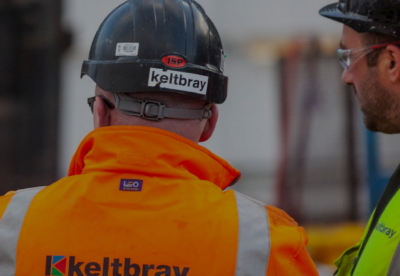
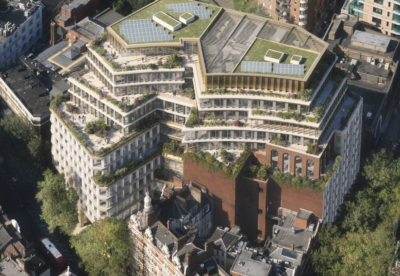
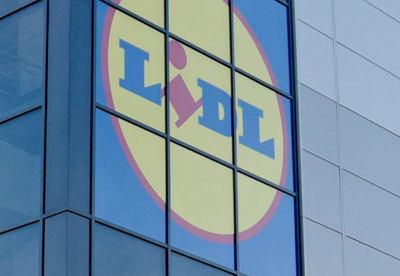
 (300 x 250 px).jpg)
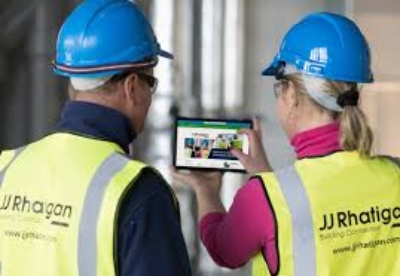
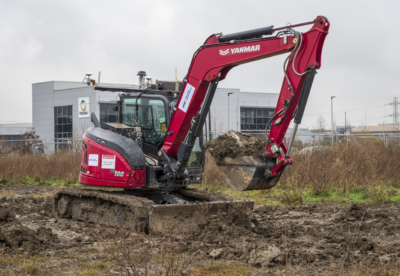
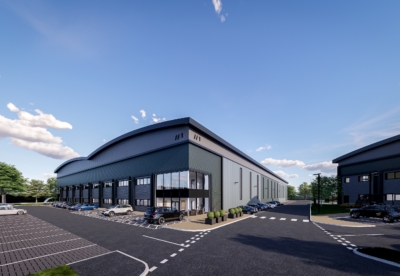
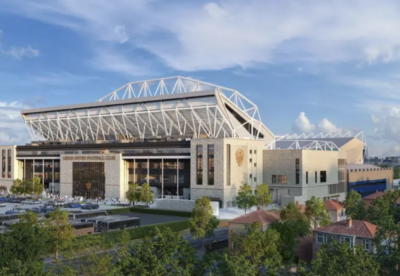

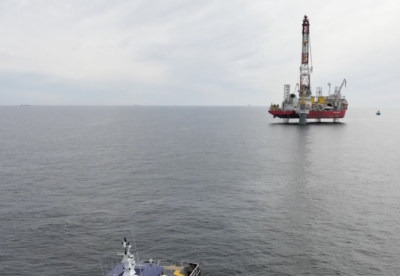

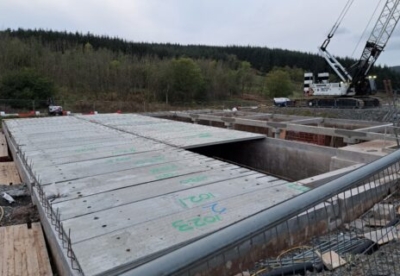

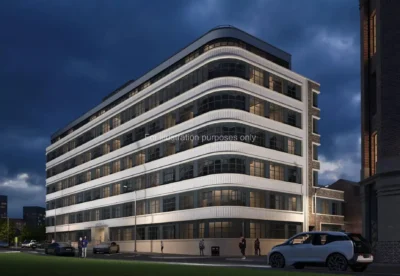

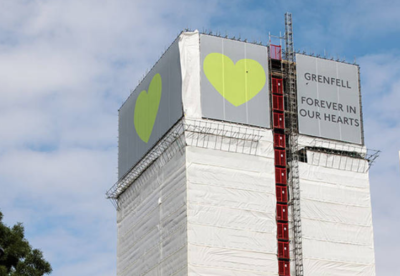


.gif)
